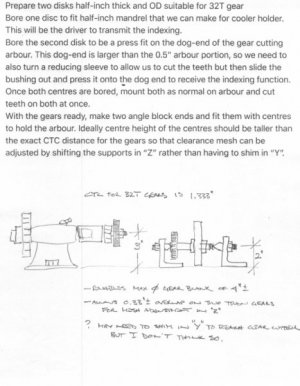Great question!
Very early in my chip making adventures I painted myself into a corner. I was able to use a friend's lathe to resolve the issue, but I learned to do a lot of pre-planning to insure that didn't happen again. Many times now I spend more time planning than actually making chips, this is especially critical when using CNC machines. There are really no shortcuts for this if you want the operation to go smoothly. Machining or building a project is really just an excersize in solving a bunch of small problems.
There are three major questions that are common to all projects. 1) How to hang onto the work? 2) How to reach the target surface with the tool bit? 3) How to measure the result? Have an answer for all of these before ever making a chip. Sometimes this is simple and obvious, sometimes requires some real thought and planning.
For complex projects I'm ''machining'' the entire project in my head as I am designing it. Design the parts to fit the tools & equipment that are available. Study the drawing or sketch and picture the tool bits cutting the material, then ask is that going to work? Can you reach the surface that you want to cut? Is there another operations that should be done first to facilitate measuring or setup? Is a special tool going to be needed to make it all work? Is there another way to do it?
Each component becomes its own mini-project. In the design phase, figure out what machine(s), tooling, how you are going to hang onto each part while machining, and what fixturing (if any) is required. Go through the entire process, step by step, in your head before ever making a chip. Spend the time needed to get the order of operation correct so you don't have to backtrack.
Working from customer drawings has the added limitation of not being able to redesign the part to facilitate the work, you have to plan the work even more carefully. I had one the other day where a bolt circle had to be clocked to a slot. So, do the bolt circle or the slot first? My first inclination was to do the slot first, but then I realized that I didn't have an effective way to align the slot to place the bolt circle without building a special measuring tool, they were in different planes. But doing the bolt circle first and using a couple of shoulder screws in the holes I was able to dial in the bolt circle to cut the slot. I went completely through both methods before I made any chips.
As you gain more experience, this will become second nature and you will do it automatically without even thinking about it. It really does get easier over time.


